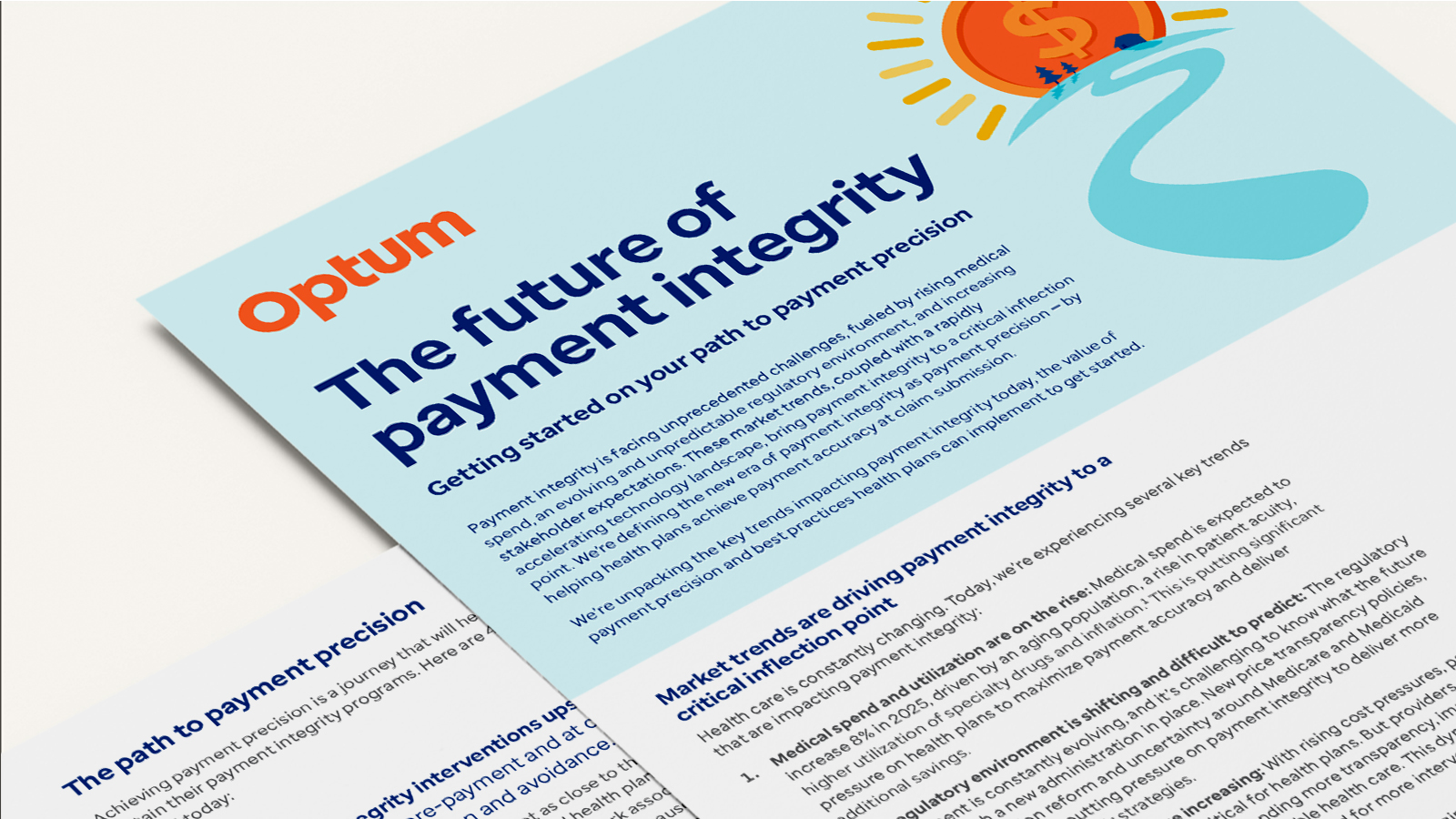Step 1: Prevent low-dollar, high-volume errors
Small errors can add up fast. They often lead to increased claim denials and unnecessary administrative work for both parties. Health plans should aim to educate each provider on what’s driving their denials, how to correct their specific errors and how to avoid similar issues in the future.
The top causes of denials nationwide include registration and eligibility issues, missing or invalid claim data and authorization and precertification problems.1
By proactively sharing insights into inaccuracies before claims are submitted, health plans can help providers avoid unnecessary rework and costs.



